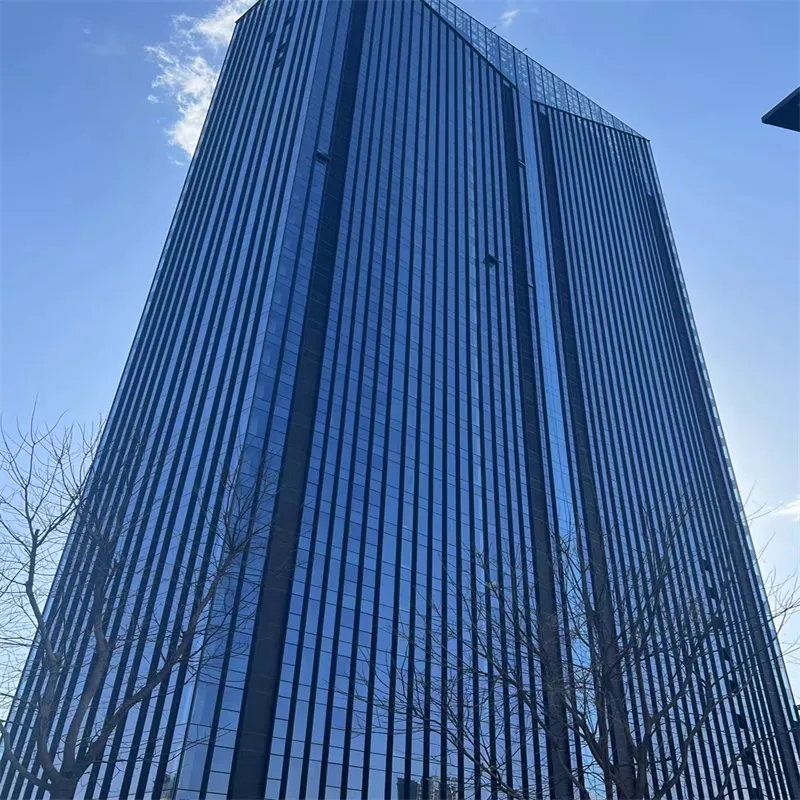Dec . 10, 2024 01:18 Back to list
Exploring the Properties and Applications of Low Iron Glass in Modern Technology
The Significance of Low Iron Glass in Modern Applications
In the ever-evolving world of materials science, low iron glass has emerged as a pivotal component in various industries due to its exceptional properties. Characterized by its reduced iron content, this specialized type of glass boasts enhanced clarity and transparency, making it an attractive option for a myriad of applications, from architectural design to solar energy collection.
One of the most notable features of low iron glass is its outstanding optical clarity. Traditional glass contains iron oxide, which can impart a greenish tint, diminishing the transparency and altering the color perception of objects viewed through it. Low iron glass, however, has minimal iron content, resulting in significantly higher light transmission rates, often exceeding 90%. This remarkable clarity makes it an ideal choice for architectural glazing, where natural light is desired while preserving the integrity of views. High-end commercial buildings, museums, and residential structures increasingly incorporate low iron glass to create luminous spaces that enhance the experience of the occupants.
In addition to its aesthetic appeal, low iron glass is highly sought after in the renewable energy sector, particularly in solar panel manufacturing. The efficiency of solar panels is heavily influenced by the quality of the glass used to cover the photovoltaic cells. Low iron glass allows for greater sunlight penetration, maximizing energy absorption and conversion into electricity. By incorporating this specialized glass, manufacturers can produce solar panels that are not only more efficient but also more aesthetically pleasing, catering to consumers who value both functionality and design in renewable energy solutions.
low iron glass

Another notable application of low iron glass is in the field of display technologies. With the rise of flat-screen televisions and LED displays, the demand for high-quality glass that does not distort colors or reduce brightness has surged. Low iron glass plays a crucial role in achieving the vibrant colors and sharp images that consumers expect from modern screens. Its clarity ensures that the visual quality remains uncompromised, providing viewers with an immersive experience.
Furthermore, low iron glass is also making waves in the realm of art and décor. Artists and designers appreciate its unparalleled transparency, which allows for the true colors and details of artworks to shine without interference. When used in frames or as surfaces for sculptures, the emphasis on the art is heightened, as the glass enhances rather than detracts from the visual experience. In high-end commercial displays and galleries, low iron glass is preferred for its ability to showcase artworks with utmost clarity, enabling collectors to present their pieces in the best possible light.
The sustainability aspect of low iron glass also cannot be overlooked. As industries across the globe shift toward more eco-friendly practices, low iron glass contributes by promoting energy efficiency in buildings and reducing the carbon footprint associated with conventional glass production. Its recyclability further supports sustainable practices, as it can be repurposed without loss of quality. The longevity and durability of low iron glass also mean that products like solar panels or architectural applications can have extended lifespans, reducing the need for replacements and minimizing waste.
In conclusion, low iron glass stands out as a material of choice in various sectors, offering a blend of optical clarity, design flexibility, and sustainability. Its applications range from architectural glazing and solar energy solutions to display technologies and artistic endeavors. As the demand for high-performance, aesthetically pleasing materials continues to grow, low iron glass is poised to play an increasingly important role in shaping the future of material science and design. With ongoing advancements in technology and manufacturing processes, the potential for low iron glass is vast, paving the way for innovative solutions that enhance both functionality and beauty in our everyday lives.
-
Safety and Style with Premium Laminated Glass Solutions
NewsJun.24,2025
-
Reinvents Security with Premium Wired Glass
NewsJun.24,2025
-
Premium Float Glass Line for Modern Architecture
NewsJun.24,2025
-
Low Emissivity Glass for Energy-Efficient Architecture
NewsJun.24,2025
-
High-Performance Insulated Glass Solutions for Modern Architecture
NewsJun.24,2025
-
Elevates Interior Style with Premium Silver Mirror
NewsJun.24,2025
Related PRODUCTS














